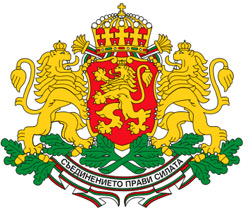General information
 |
|
 |
Official Name: Republic of Bulgaria
Capital: Sofia (1 179 000 inhabitants)
Total Area: 110 993 km2
Location: South-Eastern Europe, on the Black Sea, borders on Romania [608 km], Turkey [240 km], Serbia [318 km], Greece [494 km], and Macedonia [148 km]
Largest Cities: Sofia, Plovdiv (340 000), Varna (312 000), Burgas (229 000).
Seaports: Burgas, Varna, Balchik, Nesebar, Pomorie, Sozopol, St Vlas
Airports: Sofia, Burgas, Varna
Official Language: Bulgarian
Other Languages: English, German, French and Russian are widely spoken in resorts, hotels and restaurants. English is spoken in most tourist regions. Menu and information are translated into languages spoken by majority of tourists in a given region.
Religion: the Bulgarian Orthodox Church [82.6%]; Muslims [12.2%], Catholics [1.2%]; other 4% (Jews, Protestants, members of the Armenian Apostolic Church)
Population: 7 262 675 inhibitants
Population Density: 65 person/km2
Average Lifespan: 71 years
Flag – horse’s tail was the first Bulgarian ‘flag’. It was brought by Khan Asparuh from the Mongolian steppe. It represented the strength and direction of wind, and was particularly useful in the battlefields, when the soldiers had to choose between using and charging. The Bulgarian flag - as it is now – dates back to 1860. The colors and shapes are adjusted to Bulgarian symbolism. White represents peace, green stands for freedom, and red represents the courage of people fighting for liberation of the country from Turkish captivity.
Time Zone: GMT+2






